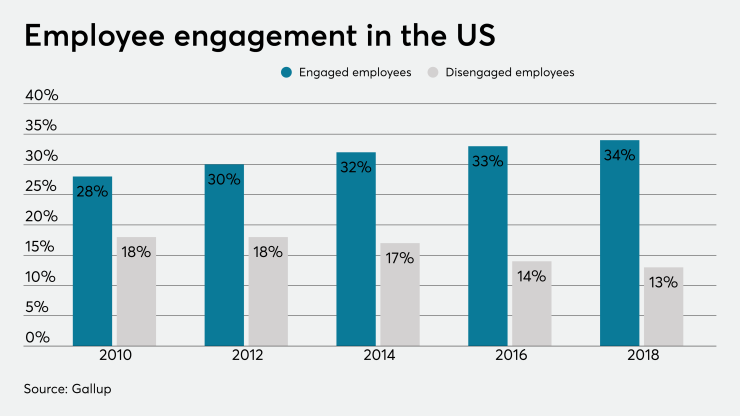The COVID-19 pandemic is a continuous challenge for employers and employees, making it more important for organizations to design innovative and effective HR programs that will foster communication, while engaging and educating employees.
What employees need now more than ever is to know their employer is there for them. As such Ashley Cader, vice president of innovation at Lincoln Financial Group and Erin Melhuish, innovative consultant at Lincoln Financial Group, have developed a collection of tools and techniques to help HR focus on the employee as a whole person and help solve their issues with three key words: How might we?
“At the inception of a project, we use a framework that we call the “How might we” to help really define that challenge,” Melhuish said during a virtual session at the Disability Management Employer Coalation’s annual conference. “We want to know what we want the result to be, what do we want to really occur, who are the [employees] that we're solving for, and then what do we really want to change to be?”
When employers and HR use the “How might we” technique, it shows employees that a solution to their issue exists, Melhuish says. It also shows the employee that they don’t have to figure it out on their own.
One example of an employee issue HR might encounter is how to support working mothers, Cader said.
“Being a breastfeeding working mom is a challenge on a good day, and if you toss in some business travel it really upped the ante. So how can we make travel easier for these moms?” she says. “When we look at the common pain points related to breastfeeding and travel, they're a mix of emotional and functional. There's a fear that the mom may have to pump and dump, there's a lack of cold storage, there's an inability to navigate with additional bags at the airport.”
For employers, the answer to “How might we support working moms?” is by providing lactation support benefits like
About 37% of breastfeeding moms will leave the workforce due to lack of support, according to data from the Business Group on Health. When women are able to breastfeed for one additional month, it can result in $4,000 in reduced healthcare claims, according to Health Policy and Planning research. Additionally, employers will realize a return on investment of $3 for every $1 spent on lactation support, according to the American Journal of Health Promotion.
Student loan debt is another area HR can tackle using the “How might we” method.
“Millions of Americans are struggling with this growing burden, and it's actually an issue that's hitting multiple generations, not just millennials, which is often how we frame the issue,” Cader says.
Employers should look at narrowing down the right benefit from the variety on the market. Currently, just 8% of employers offer employees a student loan repayment benefit, according to the Society for Human Resource Management.
Gradifi, which was
The “How might we” strategy is an approach designed to offer support and provide employees with resources to take on some of the most stressful issues in their lives. During the COVID-19 pandemic, employers are mostly worried about employee burnout as a result of the crisis, according to a survey taken during the virtual session. Using this approach can help reduce stress and burnout, Cader and Melhuish said.
They recommend reaching out to employees through a mix of one-on-one interviews and surveys. Once that data is collected, HR should then spend some time looking at insights and themes. Then, brainstorm solutions that might work best for employees and put that into action.
“Every business large or small encounters different employment and management issues that must be addressed to keep the organization running smoothly,” Melhuish says. “It may be safe to say that most businesses have never had a more challenging issue than COVID-19. Work is no longer business as usual, because of that we really need to adjust our approach, and how human resource programs are identified, designed and implemented.”






